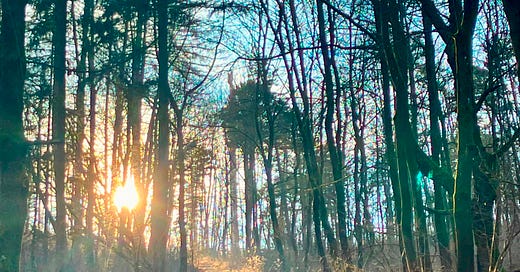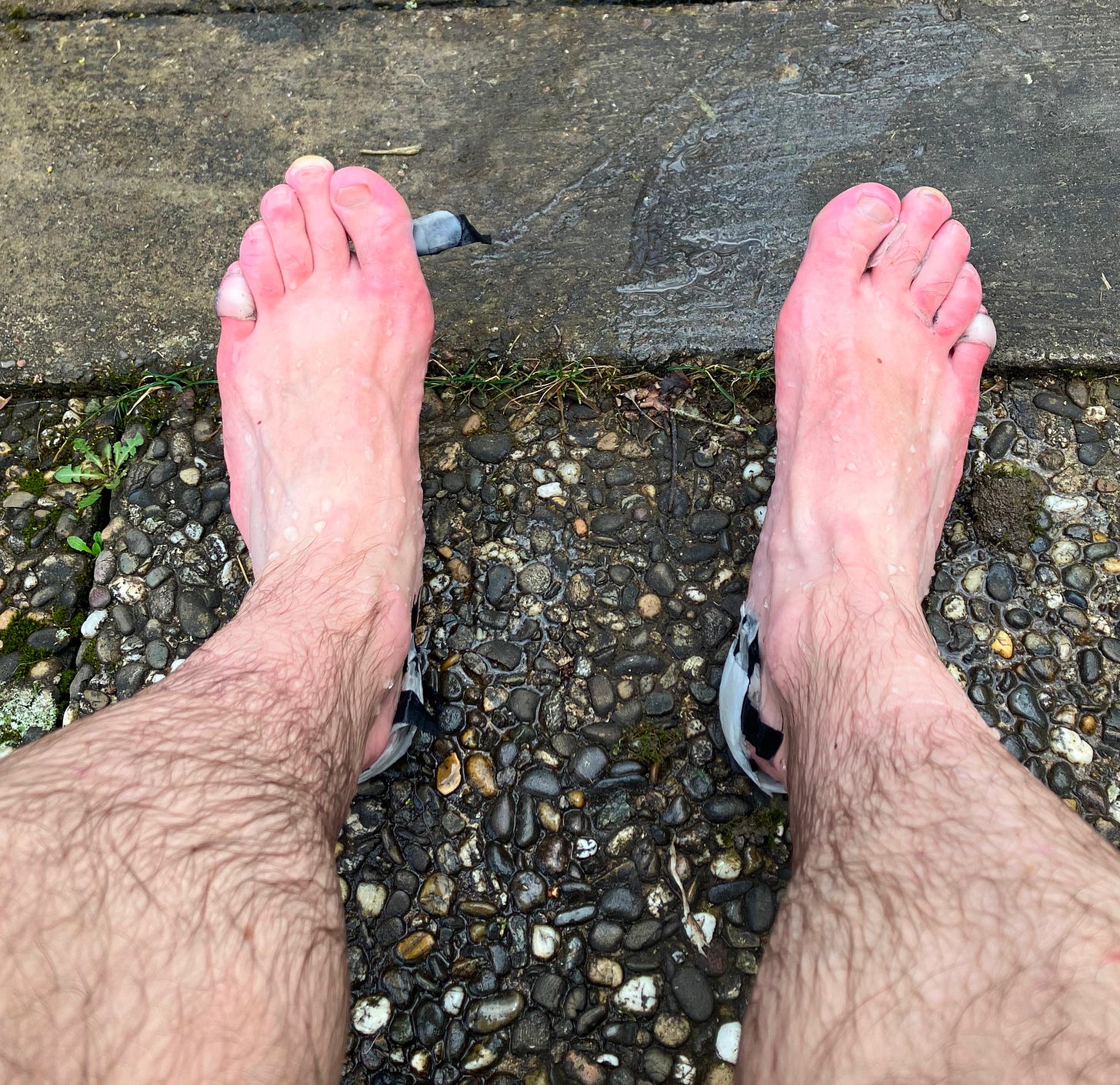A student asks,
“What is the Way?”
The teacher answers:
“When you try to grasp it,
it slips through your fingers.
The only way to hold on
is to let go.
To discuss it,
you must stop speaking.
To understand it,
you must stop thinking.
To follow it,
get lost.
To be it,
simply relinquish being.
To control it,
surrender.
What is it?
I don’t know.
Everything & Nothing.
The space between atoms
and the whole universe put together.
The Sun & the Moon
Yin & Yang
You & Me
If you weighed everything
and found it perfectly in balance with nothing.
You would begin to understand.
But then, thinking you understand would be wrong.
It isn’t difficult,
nor is it easy
I might say it simply “is”
But even that neglects its true nature.
It is beyond all discriminating thought.
And yet, they are all contained within it.
As close as your lover’s breath
and as far as infinite space.
Are you beginning to see?
Good, now stop looking.”
It’s so difficult to point at something that is beyond pointing. In Zen, they would say, “Are you the finger pointing at the moon or the moon itself?” In Taoism, they seek to use these types of opposites, like I use in the poem, to draw out the substance we are referring to. In the end, Its nature is that it is beyond language, before language. If you clear your mind, you can see It is always right there. Trying to get to It is wrong. And yet, you must pursue It if you seek to achieve It. How, then, to approach It? Don’t-know. Let-go. There is no way there, and yet you must pursue it. What a predicament.
This idea has been kicking around in my head for the last few days, but I finally found a good time to write it out. I ate lunch and wrote it mostly next to a little “Water treading station,” which is basically a cold plunge just for your feet—which they badly needed and was also agony to be in. (Scroll to the very bottom if you want to see my feet for some reason.)
The text is mostly inspired by the Tao Te Ching, which I highly recommend if you resonate with this poem. Some days when I’m walking, it’s a challenging day. (I’m walking to Portugal, so I walk a lot these days.) Sometimes, the pack is heavy, and I’m sore, or maybe I’m in actual ongoing pain from the pack digging into my hips, which are already bruised and irritated, and I’m just trying to survive. Or some days, the sun is out, and it’s a beautiful day, and I’m just strolling along without a care in the world, just happy to be alive.
In the end, it doesn’t really matter which is which. It’s just easier to see The Way when I am within my “window of tolerance” and not caught in my story. It’s not that The Way isn’t there.
The Way is always there; simply, sometimes, we aren’t there.
And then sometimes you see it, and you want to hold on. Good luck. You can’t hold the ocean. You must simply drift with it.
Realize that you aren’t drifting on the waves.
You are the waves.
Ok, now go away, there’s feet.






This poem and reflection hit deep. It’s that classic paradox—seeking something that can’t be sought, grasping at something that disappears the moment you try to hold it. Feels very Zen koan meets Taoist wisdom.
That line—“You aren’t drifting on the waves. You are the waves.”—is the kind of thing that lingers. It’s like trying to explain the nature of existence with words that inherently fail but somehow point to it anyway.
Also, the mix of philosophy and real-life struggle (walking to Portugal, carrying a heavy pack, dealing with pain) makes it feel grounded, not just abstract theory. The Way isn’t just some mystical concept—it’s in the blistered feet, the cold plunge, the exhaustion, and the letting go.
What do you think—do we ever actually “get there,” or is the point to just keep walking?